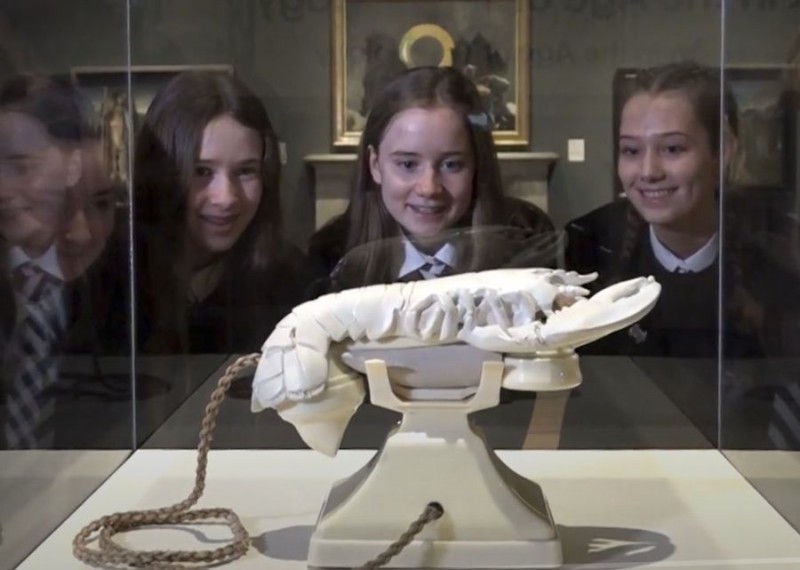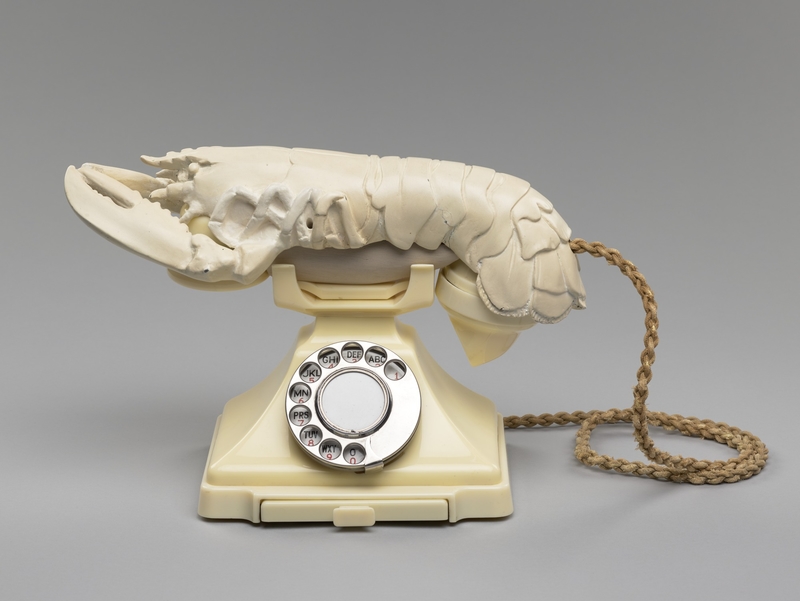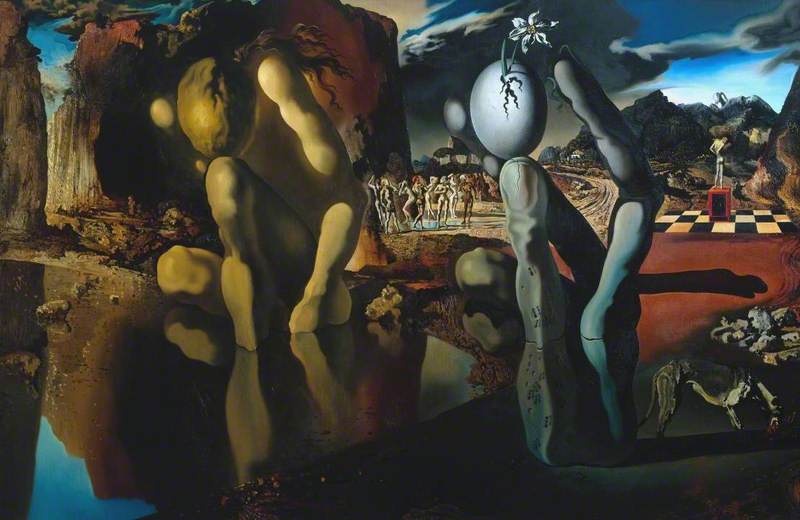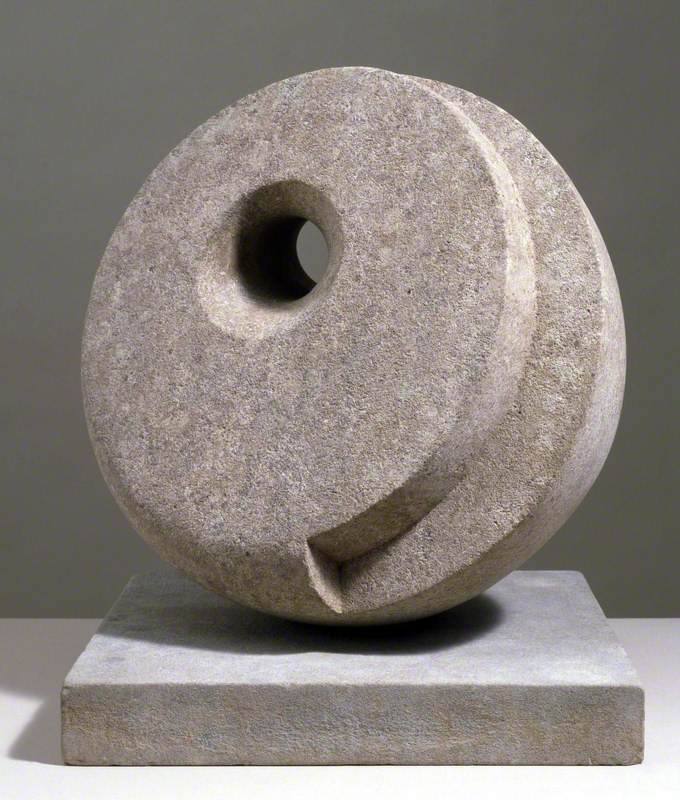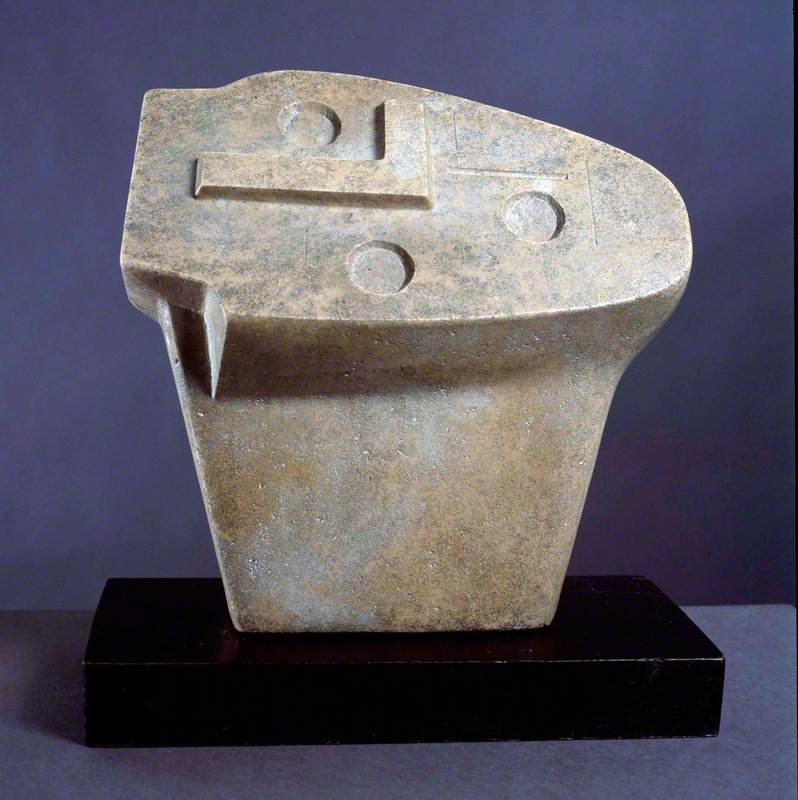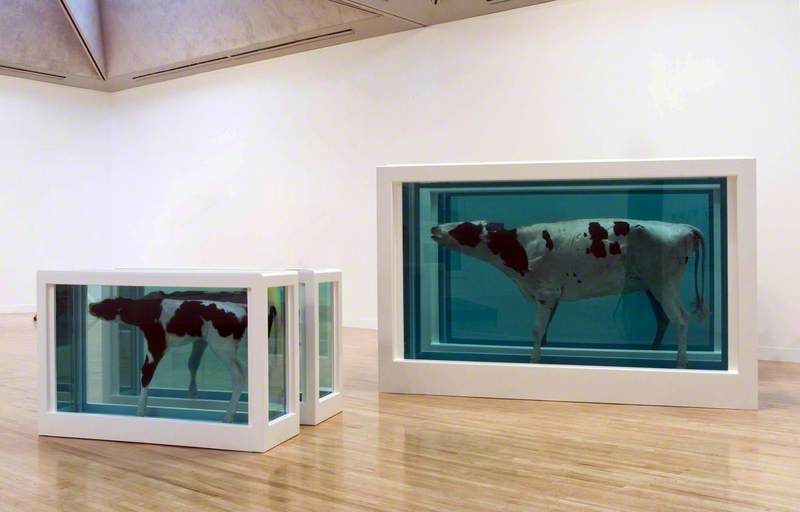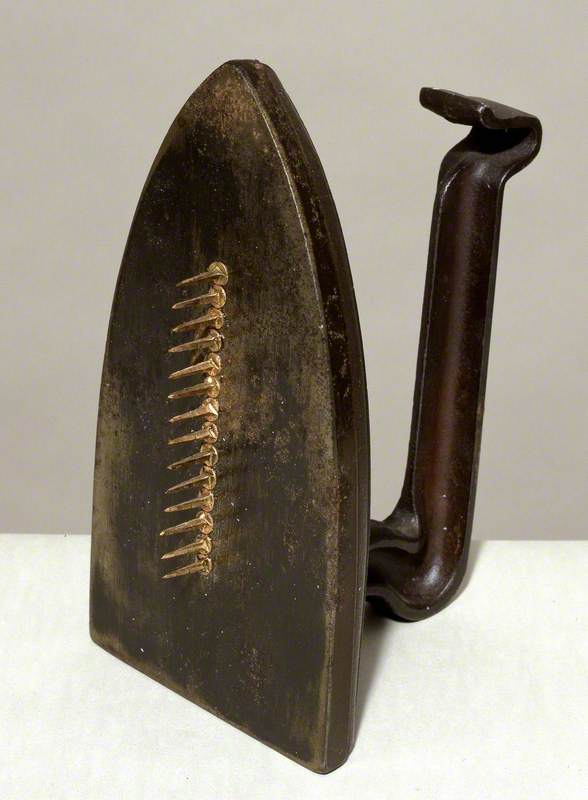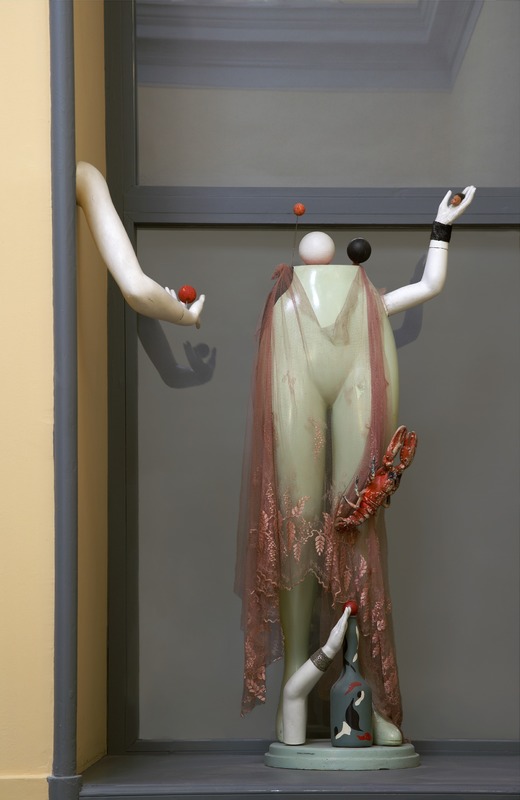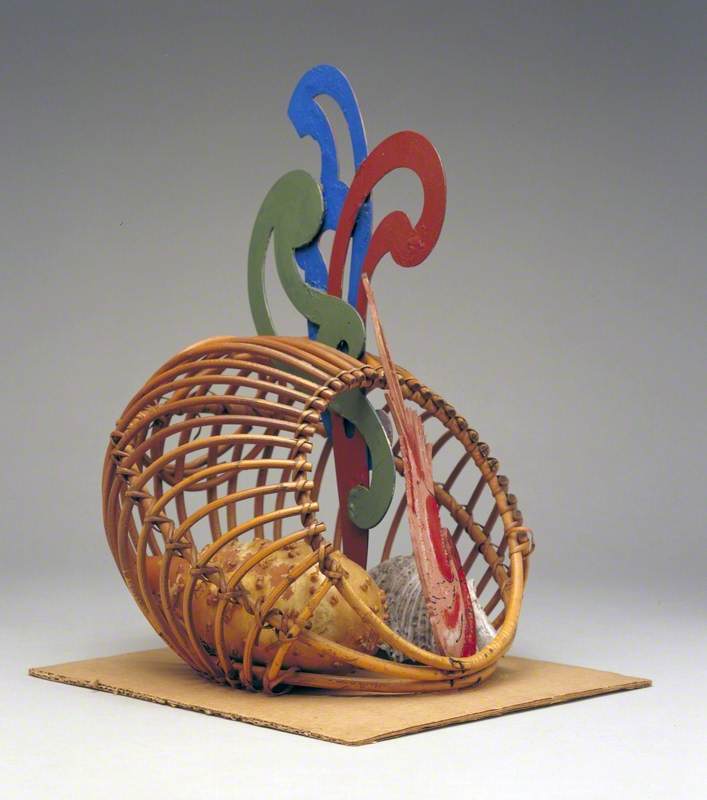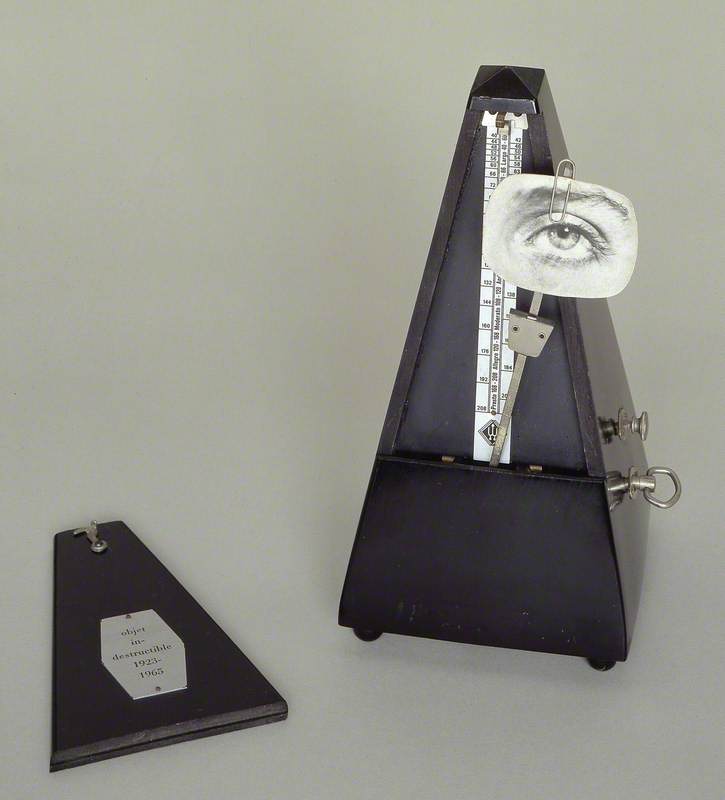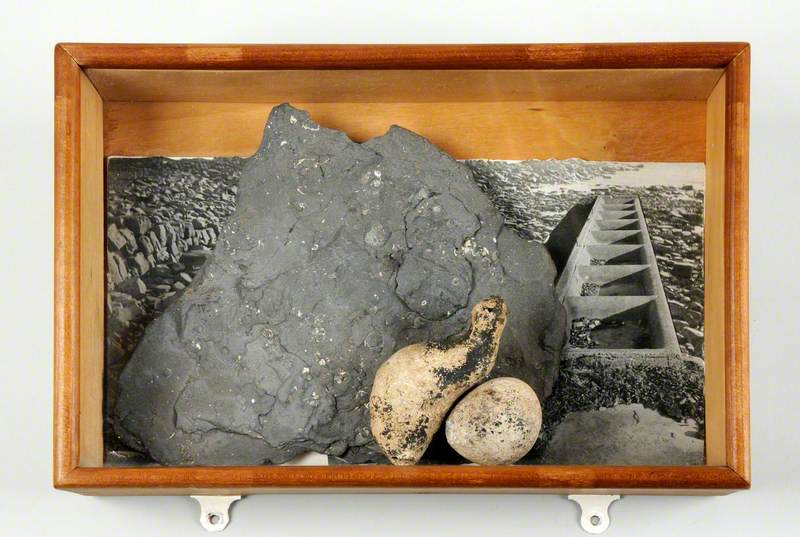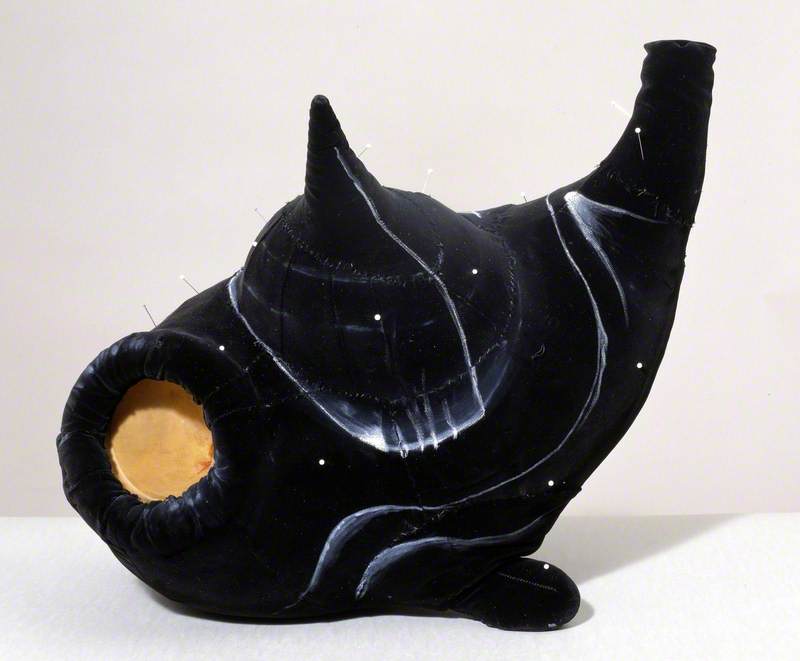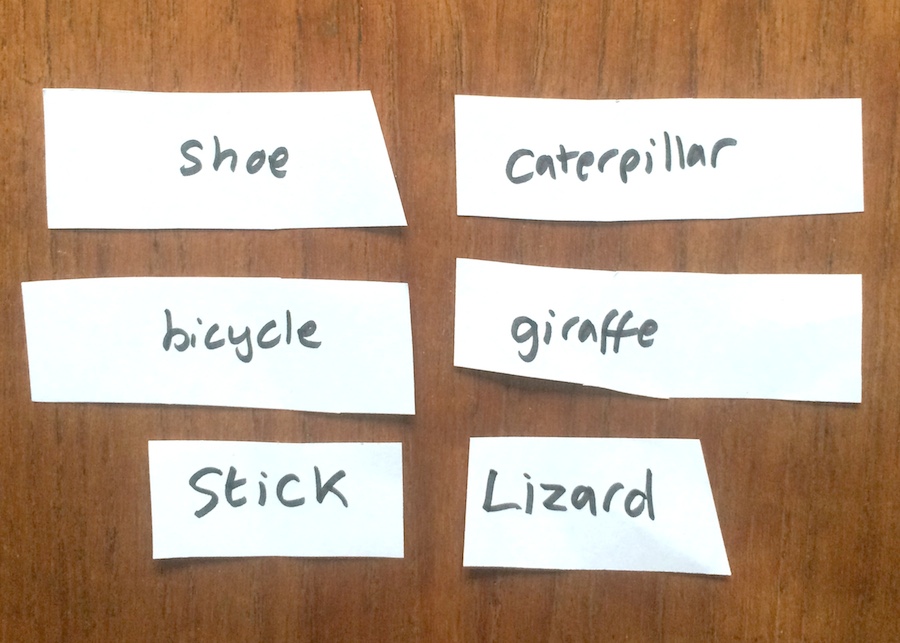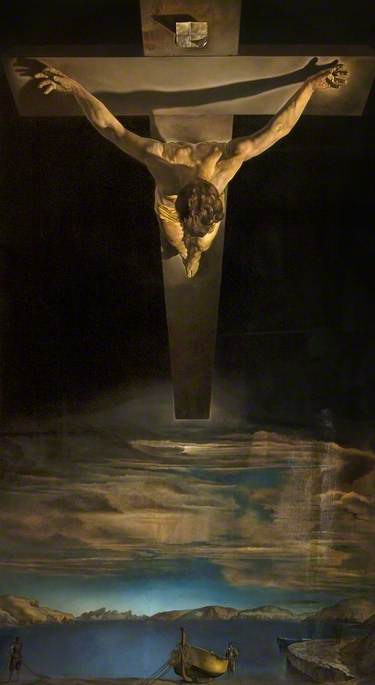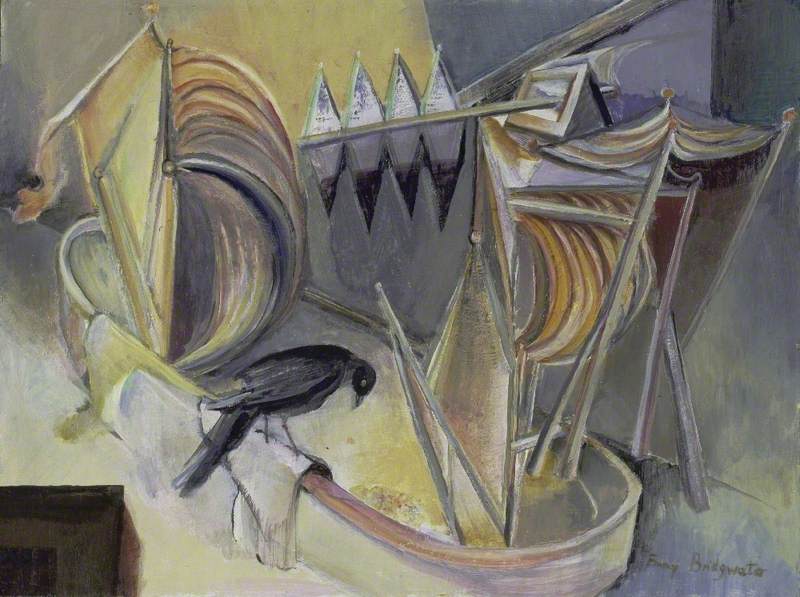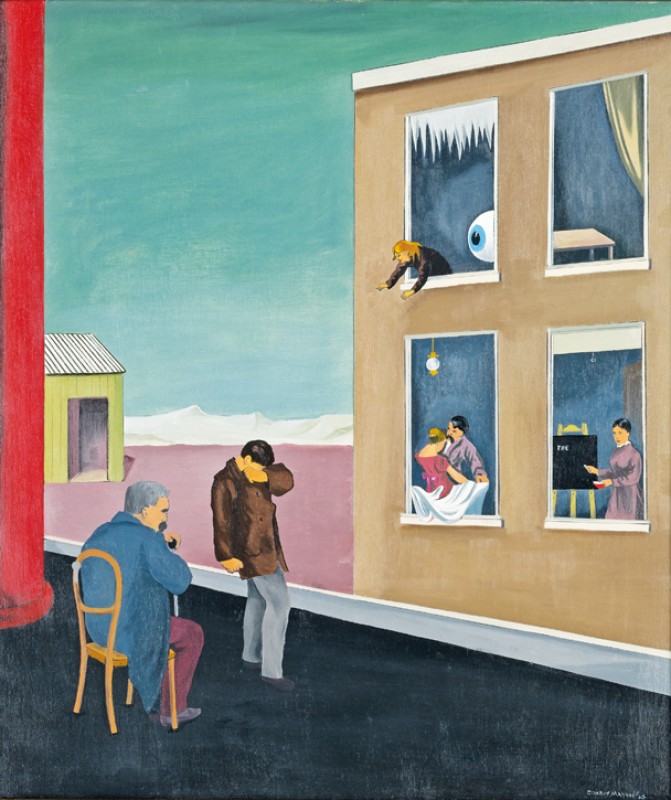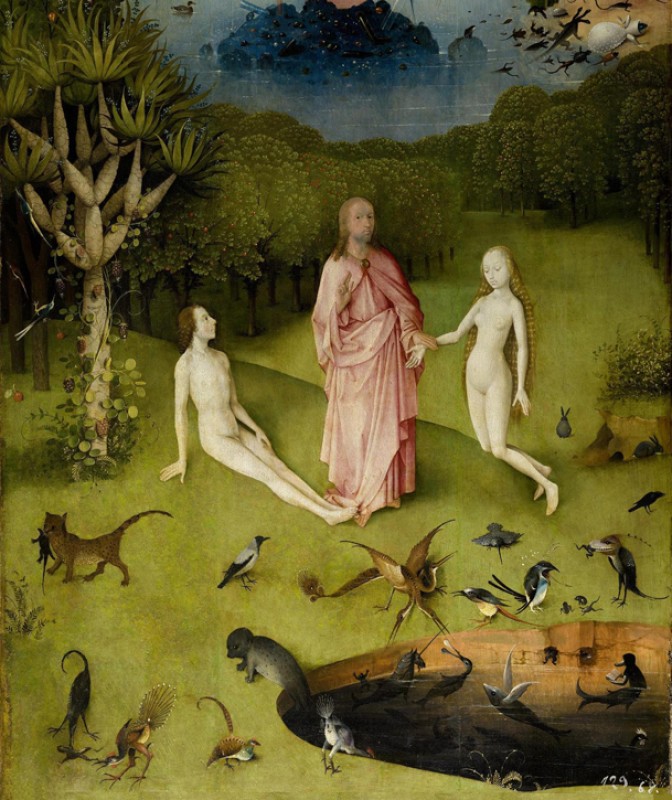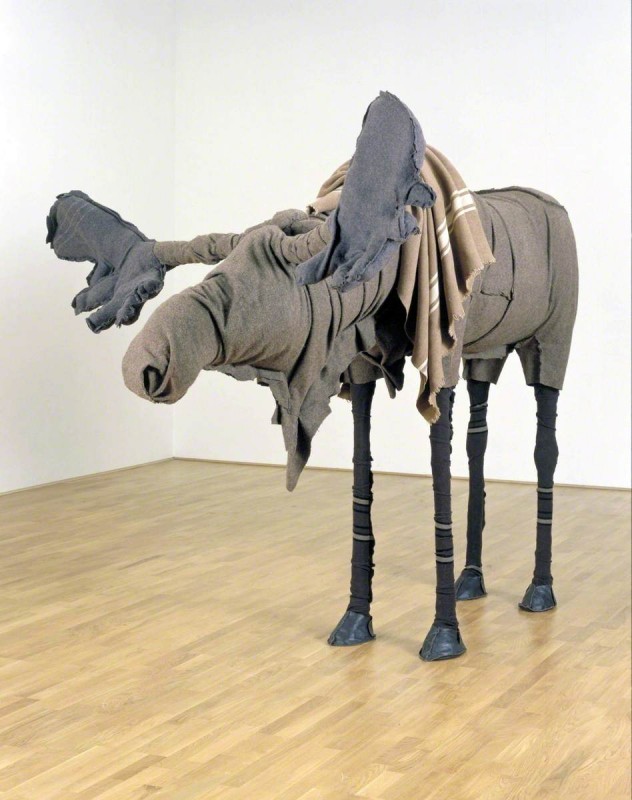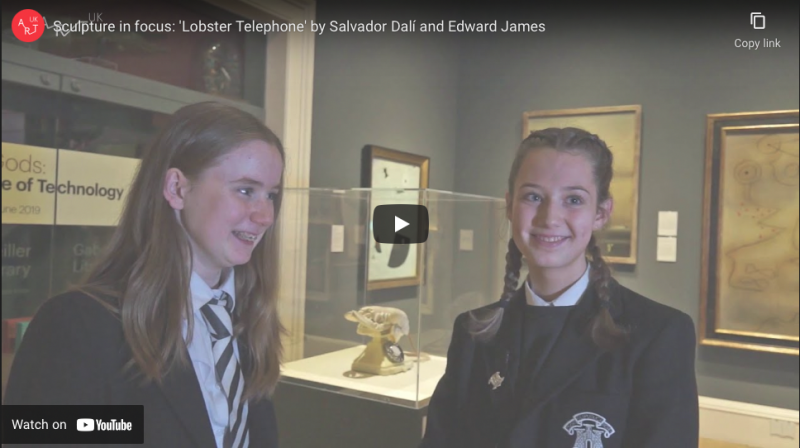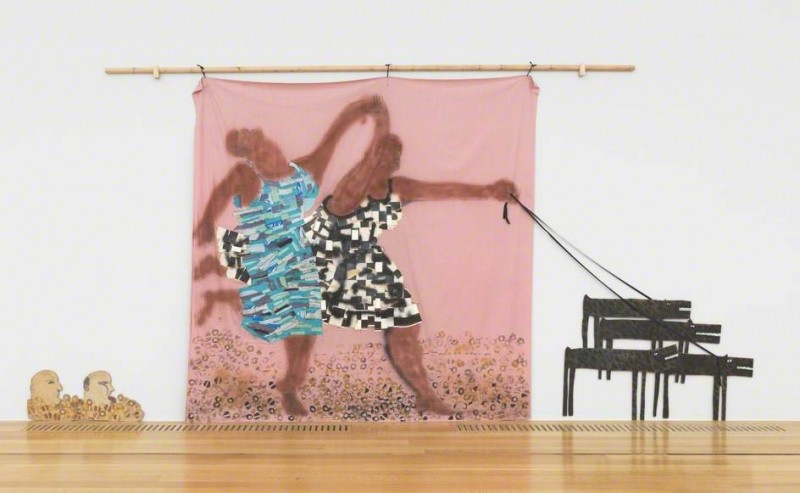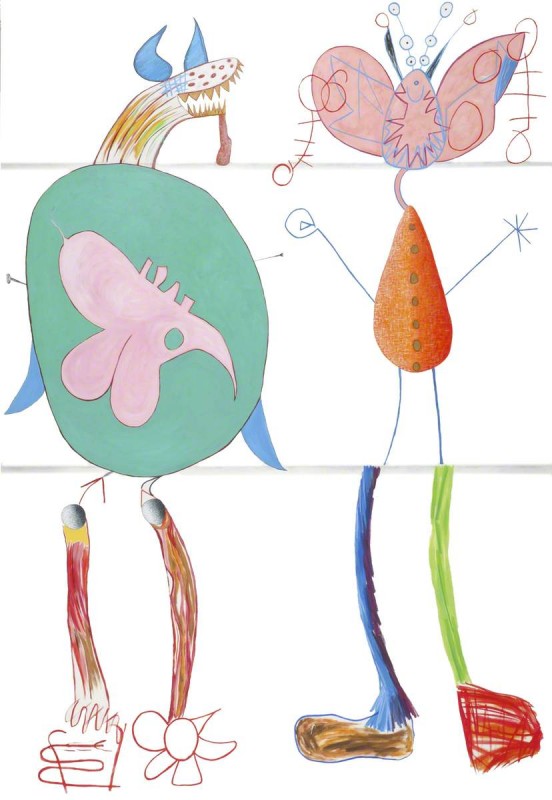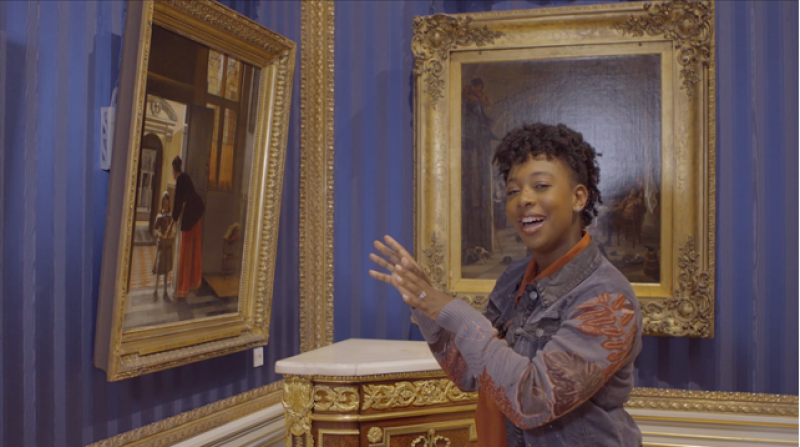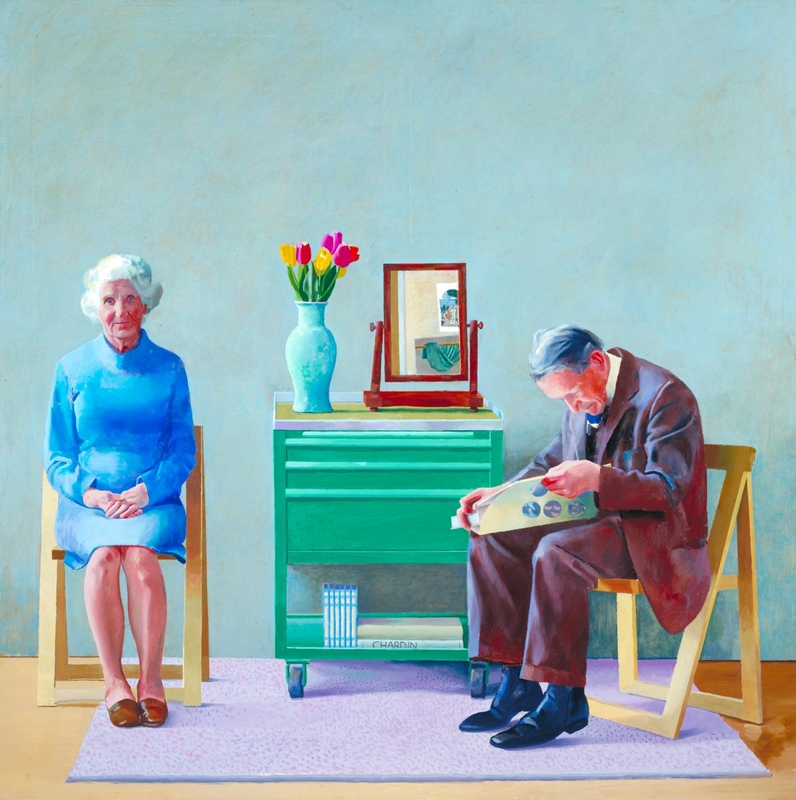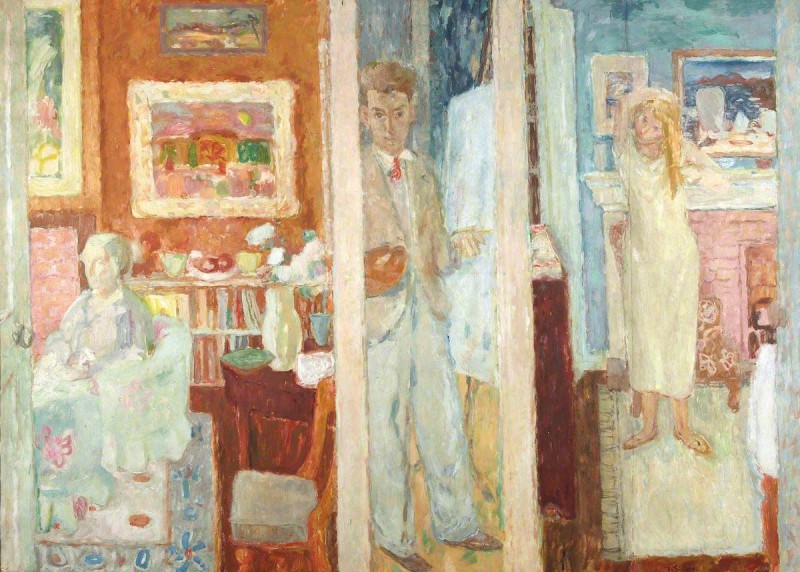Introduction
Lobster Telephone (1938) is a sculpture in the Scottish National Gallery of Modern Art in Edinburgh. It was created by artist Salvador Dalí and poet Edward James, and is made from a plaster lobster and a functioning Bakelite telephone. It is one of several versions of Lobster Telephone made by Dalí and James. (Edward James used some of them as telephones in his house!) As well as white versions such as this one, polychrome versions of the sculpture were also made, with black telephones and orange lobsters.
About Salvador Dalí
Salvador Dalí is perhaps the best-known artist associated with the Surrealist movement, largely because of his showmanship and talent for self-publicity. Born in Spain, he moved to Paris in 1926 and joined the Surrealists in 1929, after dabbling with Cubism and various other styles. His artistic output of the late 1920s and 1930s exemplified Surrealist interests and ideas – especially their fascination with dreams.
Read: Salvador Dalí biography on Art UK
About Edward James
Edward James was an English poet and art collector. He supported many Surrealist artists in their careers including René Magritte, Max Ernst and Leonora Carrington as well as Dalí.
Watch: Surreal Encounters: Collecting the Marvellous for more information about Edward James
Activity: first impressions
Look at this photograph of Lobster Telephone with your students.
Discuss the sculpture as a class.
- What do you think of the sculpture?
- What two objects can you see?
- When do you think the sculpture was made? Could it be contemporary?
- What art movement do you think it might be associated with?
It may help in gathering first impressions, to task your students with thinking of five words in response to the sculpture. They could write these down and then share them with the rest of the group. (The words should be honest, immediate responses and could include responses such as 'weird' or 'rubbish'!
